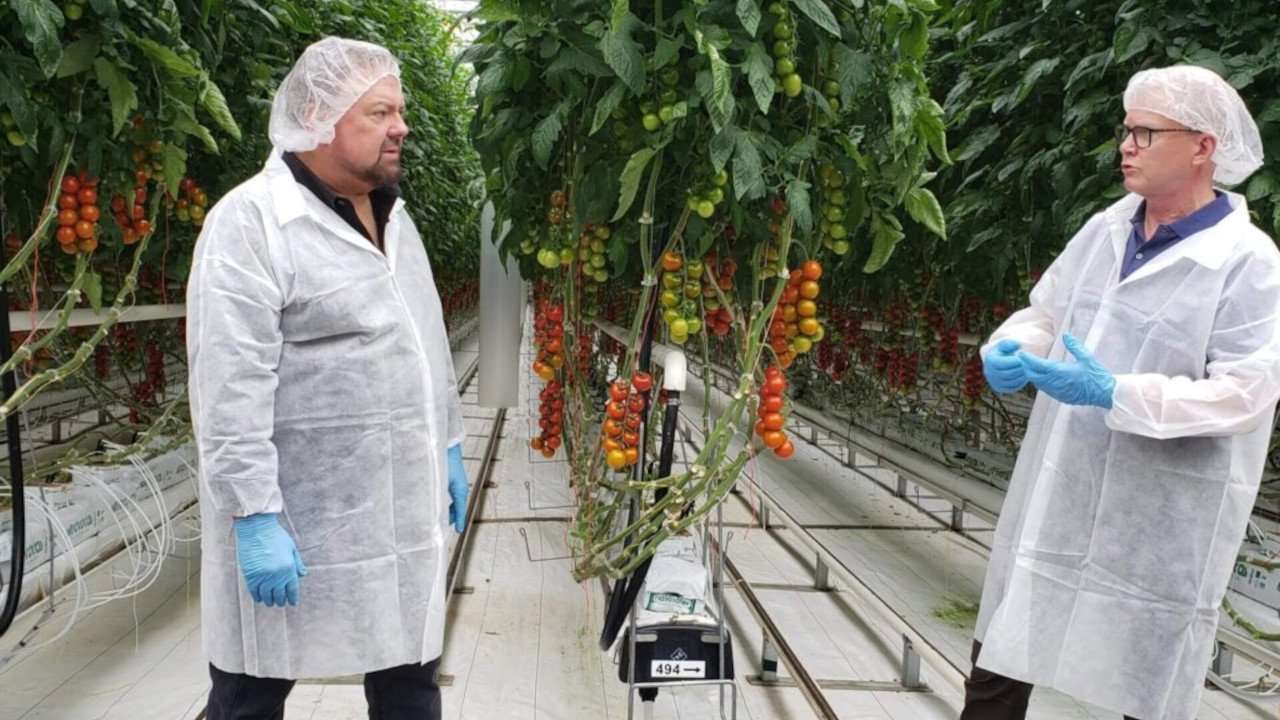Tomatoes From The Ceiling: 50-Foot Vines Come To TV
Red Sun Farms Finds Ways To Get A Leg Up On Mother Nature
DUBLIN, VA — You can’t help but notice as you’re passing by on a rural highway – that structure? That huge, imposing, gleaming glass edifice seemingly rising out of nowhere in the Virginia countryside, all rolling hills and farmland… except for this? Closer inspection reveals it’s just another farm. But hardly just that. The food’s all grown indoors, and 50-foot tomato vines stretch from the ceiling to the floor. It’s basically a giant greenhouse.
Your first thought: This is how we’ll grow food on Mars. Your second thought: Why is it here?
The facility is home to Red Sun Farms, indoor growing experts based in Ontario, Canada, where they know a little something about how to grow food in inclement climes. But this is Virginia, America’s historic agricultural heartland, home to famous farmers like George Washington and Thomas Jefferson.
Turns out there’s a lot of common sense involved in growing food in protected climates. The gleaming glass harvests the power of the sun. The enclosed walls create perfect growing conditions and keep out unwanted pests and blights. There is no dirt – the plants all root in a growth medium made of shredded coconut shells. It all seems radically modern. But this kind of farming actually stretches back to ancient Egypt.
That’s the subject of this week’s episode of Where The Food Comes From. Fittingly, the episode is titled Tomatoes From The Ceiling.
Modern greenhouses like these cover thousands and thousands of square feet. The yields are far above conventional farming – 13 times as much. The process uses 95% less water than growing outdoors; here, that’s mostly rainwater that’s collected on-site. It’s a more ecological and – obvious infrastructure costs aside – economical way to farm. You can work anytime, day or night, rain or shine. And the growing season lasts year-round, instead of a few months or weeks.
“We don’t ever have to head for the barn,” says Jay Abbott, Red Sun’s Director of Operations and basically the lead grower.
These greenhouses also come close to doing something that almost never happens outdoors: They produce practically perfect produce, unblemished tomatoes, squash, peppers – almost anything that grows in a garden or commercial farm field can be taken inside. An added benefit: Since we shop with our eyes, unblemished produce yields a much higher return to the grower. And virtually everything grown indoors is perfect.
Abbott explains, “As a tomato grows, its skin cracks, little microcracks. It heals, cracks, heals, cracks. When dew or rain fall on that and you’re outside, there’s more bacteria splashing up from the ground. It can get into those cracks and it starts decay. You can get blight, and you get black spots. Growing indoors, you’re never going to lose a crop to weather.”
Indoors is not a threat to convention farming – and it’s not the place to grow crops that need to spread out, like potatoes and onions and grains. But anything that can go up is a perfect candidate.
Like the 50-foot tomato vines suspended from the ceiling here that continue along the floorspace. Tomatoes vines don’t produce all their fruit at once – the process starts at one end of the plant, then follows a time sequence as the other sections bloom, one right after the other. As the fruit is harvested from the ready section, the vine is hoisted to bring the next blooming section into easy reach.
The sight is a little overwhelming for anyone used to seeing tomatoes growing outdoors. If you’re familiar with those plants in the fields or even in a pot on your patio, the size and scope of Red Sun’s growing operation can almost take your breath away.
“When I stepped through the doors at Red Sun, I felt kind of like someone in a science fiction movie,” says Where The Food Comes From host and producer Chip Carter. “I’ve been to more than 4000 farms in the last few years, but I never saw anything like this. The scale and scope are mindboggling. The product is perfect. It’s a huge investment, to be sure, but it almost makes you wonder why everything’s not grown this way.”
QUICK REFERENCE
WHERE TO WATCH
CABLE
RFD-TV Network — Every Friday at 10:00 p.m. and 1:30 a.m. EST
ON DEMAND
MORE WAYS TO WATCH COMING SOON! STAY TUNED!




